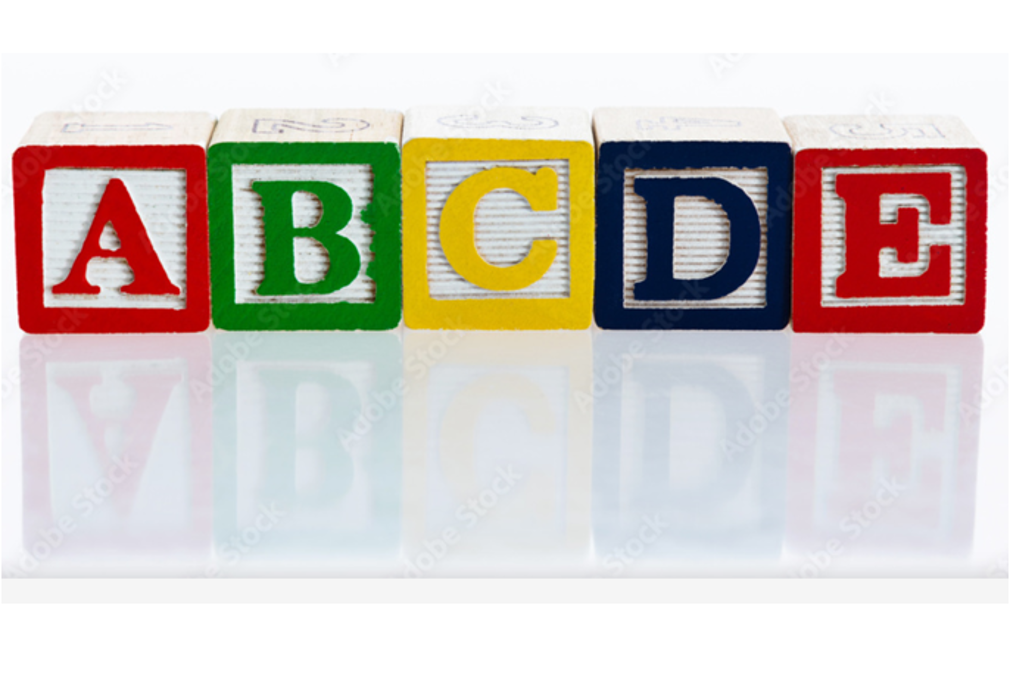The ABC Model by Albert Ellis from the 1950s is a key part of Rational-Emotive Behaviour Therapy (REBT), which helped start cognitive-behavioural therapy (CBT). The ABC approach was designed to help people overcome mental health issues like debilitating anxiety. The ABC Model helps people understand how their thoughts, feelings, and actions are connected and how wrong beliefs can cause emotional problems and bad behaviours.
This blog will look at how the ABC Model can be used as a tool by people who want to test and improve their decision-making processes.
Here’s how the ABC Model operates:
A: Activating Event
This is an event that happens in the situation around you. For example, you’ve been given a large assignment at work.
B: Beliefs
This refers to the beliefs and thoughts you have about the activating event. The beliefs might be flawed, irrational or even self-defeating. For example, you might think, “I’ll never be able to complete this. I’m not good enough.”
C: Consequence
The feelings and behavioural response that occur because of your beliefs. Following our example, you might feel too anxious to begin the work and start procrastinating.
The ABC Model recognizes that it’s not just the event (A) that leads to emotional and behavioural outcomes (C). Your embedded beliefs about the event (B) play a significant role.
With respect to anxiety, the ABC Model can help identify irrational or negative beliefs which exacerbate anxious feelings. If you can change these beliefs, then your response to the activating event will also change, thus reducing anxiety.
Here’s a simple way of using the ABC Model to reduce anxiety:
Step 1: Identify the Activating Event (A)
Identify the event or situation that triggered the anxiety.
Step 2: Identify the Beliefs (B)
Try to understand your thoughts about the event. What are you telling yourself about the situation that might be contributing to feelings of anxiety?
Step 3: Identify the Consequence (C)
Recognize the emotions and behaviours that resulted from your thoughts.
Step 4: Dispute the Beliefs (D)
This step, which can be added to the ABC model making it the ABCD model, involves challenging irrational or negative beliefs. Question the realism and accuracy of your belief. What evidence is there for and against it?
This step involves questioning your original belief, B, so B is no longer a certainty that guides you in the wrong direction.
Step 5: Establish Effective new beliefs (E)
This is another additional step in some versions of the model (making it the ABCDE model). Here, you develop a new, rational belief to replace the old one.
This step involves opening your mind to consider new beliefs [Bs] and new possibilities for consequences/outcomes (Cs).
By following these steps, the ABCDE thought processes can help individuals manage and reduce anxiety by facilitating greater understanding and control over their thought processes. Always remember, it’s helpful to seek the assistance of a mental health professional when using CBT or any therapeutic model.
Improving the Soundness of Your Decisions
The ABC Model of Cognitive Behavioural Therapy (CBT) can be an effective tool for improving decision-making skills made by people who do not have mental health issues. It brings focus to rational thinking, which is beneficial for making sound, constructive decisions. Here’s how ABCDE thought processes can help in decision-making:
Understanding Triggers (A: Activating Event): Recognizing what situations or events trigger certain thoughts or feelings can help you better prepare and navigate similar circumstances when it comes to making decisions. It heightens self-awareness about your environment and its influence on you. As Mark Weber has taught, situations trump people.
Examining Beliefs (B: Beliefs): Your beliefs and biases about situations sway your decisions. By identifying and examining these beliefs, you can gain clarity about preconceived notions that you may be holding, which could be colouring your judgement and increasing your anxiety.
Evaluating Consequences (C: Consequence): By monitoring your emotional and behavioural responses to certain beliefs, you can better gauge patterns that might be impacting your decision-making process. It can help you identify overreactions, irrational fears, or impulsive behaviours.
Challenging Beliefs (D: Dispute the Beliefs): Once you recognize irrational or unhelpful beliefs, you can challenge them. Are these beliefs grounded in reality? What evidence supports or disputes them? This process fosters development of a more objective and balanced viewpoints, vital for sound decision-making.
Formulating Effective New Beliefs (E: Establish effective new beliefs): By replacing irrational and unsound beliefs with healthier, more realistic ones, you can alter your overall outlook on situations. When you perceive things more rationally and objectively, you are likely to make more effective decisions.
To summarize, the ABCDE process for decision-making encourages more rational, evidence-based thinking, helping you consider different perspectives and weigh up consequences before making a decision. This approach leads to significantly improved decision-making, making you more successful in personal and professional endeavours.

